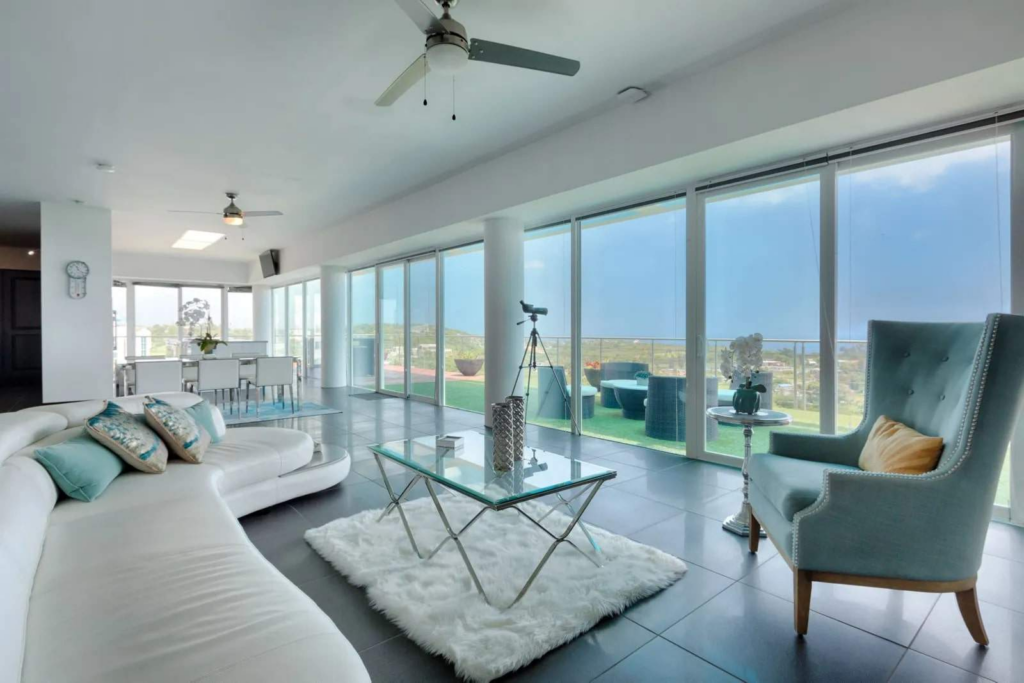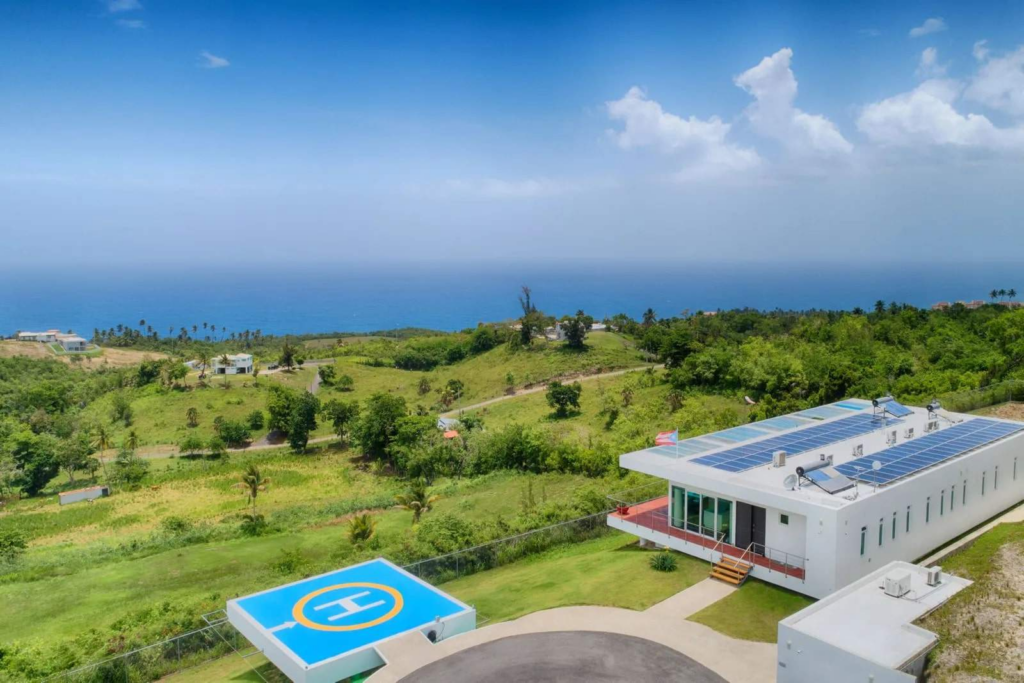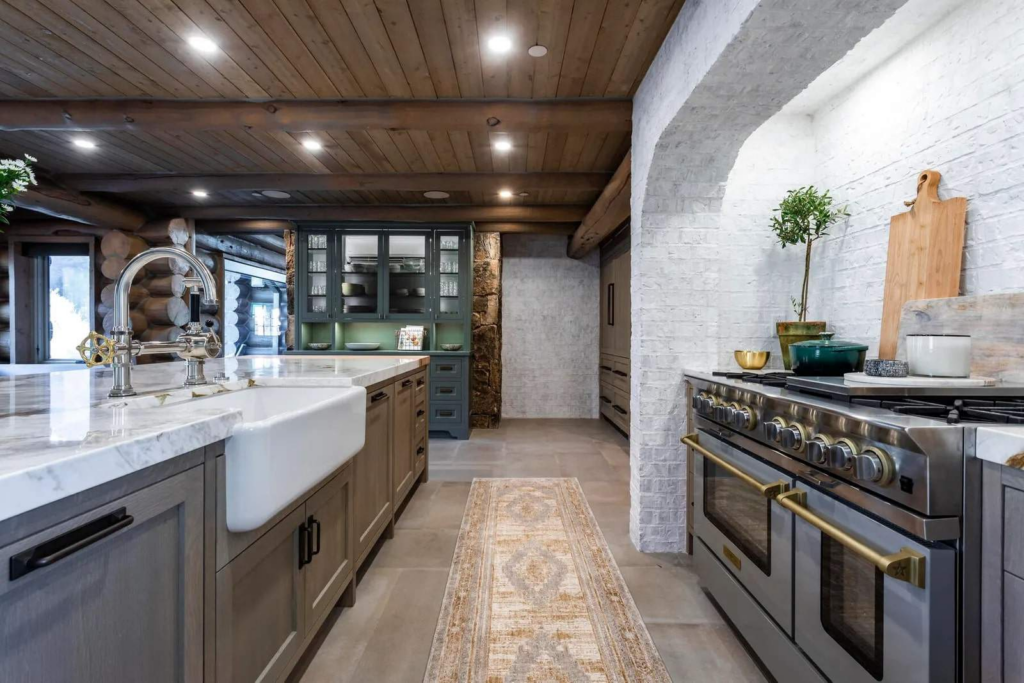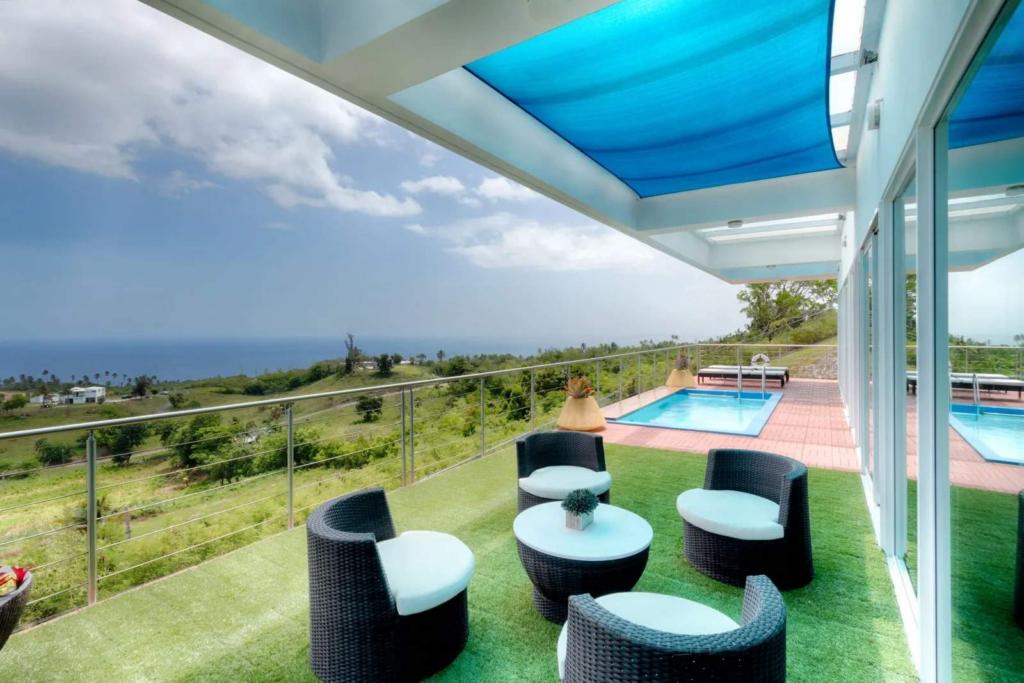Inman News
Luxury properties have become models of sustainability and environmental responsibility
BY BRENDA NIEVES for Sotheby’s International Realty
Sustainable living was once a novelty for luxury homebuyers, but increasingly, it’s becoming a necessity. And while green architecture and design features, off-grid functionality, and a low carbon footprint may still be considered niche demands in the luxury market as a whole, they’re growing in popularity.
There are many reasons for this. From a practical perspective, living off-grid and reducing resource consumption — whether through high-efficiency appliances or water recycling systems — means homeowners save big on their utility bills.
From a global perspective, homeowners want to protect the environment and be good stewards of the planet. The effects of climate change are increasingly visible, and people have a vested interest in both mitigating their own impacts and ensuring long-term resilience for their properties and families. A sustainable home that’s energy-independent helps accomplish this.
What sustainable high-end living looks like

My local Puerto Rico market provides plenty of examples of how luxury properties and lifestyles can be sustainable. High-end buyers come here to enjoy the many benefits of living on a lush Caribbean island — but to do so, their homes need to be prepared to thrive in remote locations and weather tropical storms. This makes sustainability a must.
One of my current listings, located atop the exquisite Quebradillas hills, scored two CEMEX awards in 2017 for its sustainable design and construction, with durability and self-sufficiency that makes it something of an engineering marvel. Based on its impressive offerings, as well as those of other luxury homes I’ve represented in my market, here are five of the top features sustainable properties should possess.
1. Innovative renewable technologies

It’s one thing to have a solar array supplying clean, renewable electricity to a home — but are there the right number of photovoltaic panels to meet all the home’s energy requirements? Is there storage technology so that excess power can be saved for nighttime, overcast days, and cloudier seasons? Has the array been optimized to perform effectively and consistently in all conditions, and will it resist the elements when wind, rain, or snow rolls through?
These are important questions to keep in mind. At my Puerto Rico property, the solar power system is technologically advanced to maximize its generating capabilities and to minimize the risk of disruption; and for luxury homes, there’s an expectation that off-grid technologies — whether for power or for plumbing — should be top-of-the-line.
2. Construction for resilience
To ensure a high-end sustainable lifestyle, it’s essential to prepare for temperature variance in a low-impact way. This is why green, state-of-the-art construction is such a game changer.
Properties benefit from top-of-the-line insulation that will ensure they stay climate-controlled in an efficient manner. Thermal doors and windows, like the ones in this Puerto Rico property, make a significant difference.
3. Energy-efficient interiors

Just as you want a home that can reduce its energy expenditure through proper insulation, you also want lighting, cooking, and cleaning features that require fewer resources. Today, sustainable high-end living involves having a selection of beautiful, luxury-brand appliances and amenities that prioritize conservation.
4. Convenient transportation
Features that facilitate effortless travel are an added bonus that luxury buyers look for, whether it’s a landing strip or a private dock. (My Puerto Rico property includes a helipad.) That’s because embracing an off-grid, environmentally-focused lifestyle brings the benefit of living away from the physical and mental clutter of the big city, but it’s still undeniably useful to have easy access to urban conveniences.
5. Living somewhere extraordinary

Sustainable high-end living holds universal appeal
I’ve found that younger buyers are especially keen to enjoy a stress-free lifestyle, with the option to work from anywhere in the world and not depend overly on outside resources.
But having said that, I believe that self-sufficient homes can appeal to everyone. I believe that we, as real estate professionals, play an important role in promoting them so they become the standard as we collectively strive to reduce our ecological footprint. Having systems focused on renewable resources not only increases properties’ value, but it helps preserve and restore the planet.
